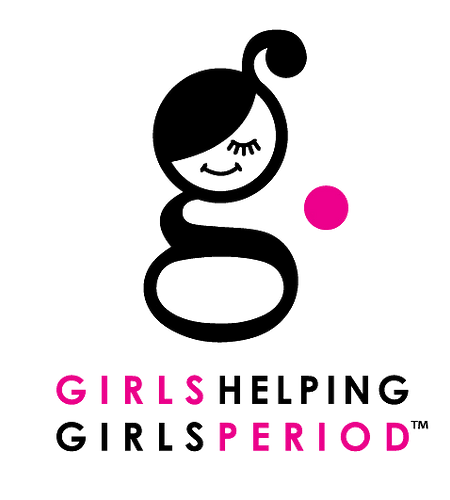It is hard to overstate just how big an impact our periods are having on the planet. In the last decade or so, there is a mountain of evidence that has piled up regarding menstrual products’ effects on the environment and if we’re being honest, we have to take some of the blame. Sure, it’s easy to point our fingers at corporations and governments for failing to be environmentally responsible. But there are so many options available for making periods more eco-friendly. For those of us still exclusively using disposable products, we can do better.
The average person will use 10,000 or more disposable pads, liners and tampons in their lifetime; that translates to about 400 pounds of trash in landfills. The tampon wrapper you toss out today may not fully decompose until 2522. Marketing campaigns have targeted modern women who can have “discreet” periods by using “thin” or “flexible” materials with sleek packaging. They have been exceedingly effective at creating generations of loyal users who buy without thought to the adverse effects to the environment.
It’s not just the products we choose that has an impact; how we use them matters. The fact is, there really is no good way to dispose of disposable products. We are taught they should be wrapped and placed in the trash, even using the plastic wrappers they come in to help, but all of it heads for the landfill. We could call that the best of some pretty bad options. Many still flush used menstrual products down the toilet which can cause serious clogs and expose sanitation workers to disease and chemicals.
If you’ve had a period for decades now, you may be loathe to make changes. But if you know your actions directly put the planet in peril, and making some changes might actually make your life easier, why not try something new?
Sustainable Period Products That Are Easy to Use
MENSTRUAL CUPS
You can now purchase good quality menstrual cups from dozens of companies, some for as little as $10-$15. Even the most expensive cups pay for themselves in about half a year, and they are reusable for up to a decade; that user will save approximately 2500 tampons from the landfill in that time, as well as all the wrappers and boxes that go along with those purchases. Most will tell you that menstrual cups take a little practice to use, but they are well worth the messy trials.
REUSABLE TAMPON APPLICATORS
Using disposable tampons may be a one-stop solution, but is it really so much more of an effort to try a reusable applicator you can load with an organic tampon? Making the switch is better for the environment and your health. Like menstrual cups, good reusable tampon applicators are made of medical-grade materials and are easy to rinse/clean and reuse.
“Disposable tampons can be up to 90% plastic and amount to the equivalent of four plastic shopping bags in one single-use product. If you do the math, that means people who menstruate are using 20 or more tampons over the course of every period, amounting to the equivalent of 80 plastic bags per cycle.” -Global Citizen
ABSORBENT UNDERWEAR
If you are used to using pads and tampons it’s easy to understand why period underwear have had such a big impact. The underpants fit like any other pair except with technology that makes them highly absorbent of period blood and fluids. Some are better than others, in fit and function, and they can be pricey. But they can be used in conjunction with other sustainable products and are worth considering for at least a portion of your cycle.
As advocates for those who struggle to afford menstrual products, Girls Helping Girls. Period. donates hundreds of thousands of disposable products. As a co-founder of this non-profit, I am grateful to our corporate partners who not only assist with that effort but are working themselves to educate about period poverty and create more sustainable solutions. The fix is not quick and easy on a large scale. And in the meantime, real people are suffering without period products that allow them to work and go to school with confidence. So on our way to making systemic change, we all do what we can and must to help. None of us will solve these problems, or those of the planet, all on our own. But we need to start somewhere. Why not with each one of us?
If you’d like to read more about how to have a sustainable period, check out these articles.
Which Period Products Are Best for the Environment? -Global Citizen
How Tampons and Pads Became So Unsustainable -National Geographic
The Best Menstrual Cups For A More Environmentally-Friendly Period Experience -BuzzFeed
Additional Sources:
Menstrual Products and Sustainability Report 20210LifeCycle Initiative/UN Environment Programme
Journal of Environmental and Public Health
LeafScore-The Environmental Impact of Menstrual Products
Endocrine-Disrupting Chemicals Found in Menstrual and Genital Care Products, Studies Show
Emma Joy is a co-founder of Girls Helping Girls. Period. She is a 2022 graduate of American University with a B.S. in Environmental Science and Marketing.

